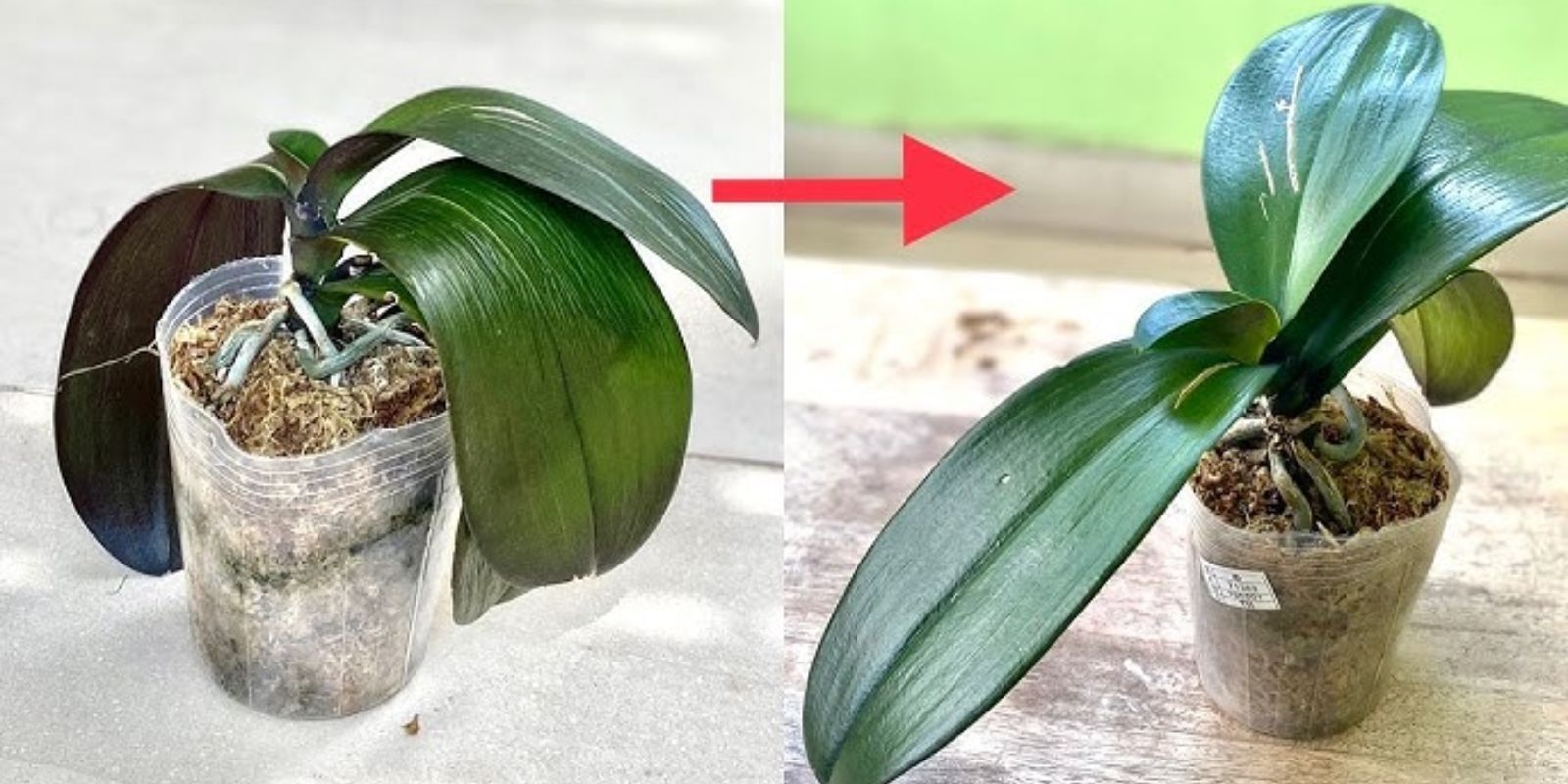Orchids are among the most exquisite and versatile flowers in the plant kingdom. Their delicate blooms and intricate structures have made them a favorite for home gardens and professional floral arrangements alike. However, many gardeners struggle to maintain their orchids, let alone coax them into producing the lush, abundant blooms seen in florist displays.
The good news? Thriving orchids are not just for experts. With a few insider tips and the right care, you too can grow orchids that rival the finest floral shops. This comprehensive guide will unveil the secrets to orchid success, helping you enjoy these breathtaking plants year-round.
Why Orchids Are Worth the Effort
Orchids aren’t just visually stunning; they’re also a symbol of luxury, beauty, and strength. Their blooms can last for weeks, and with proper care, orchids can re-bloom multiple times a year. Whether you’re a seasoned gardener or a beginner, mastering the art of orchid care is an immensely rewarding endeavor.
Understanding Orchids: The Basics
Before diving into the secrets of abundant blooms, it’s essential to understand your plant. Most orchids sold as houseplants belong to the Phalaenopsis genus, commonly known as “moth orchids.” These orchids are relatively easy to care for and rebloom under the right conditions. Other popular varieties include Dendrobium, Cattleya, and Vanda.
While each type has its quirks, the core principles of orchid care remain the same: proper light, watering, humidity, and feeding.
The Florists’ Secrets to Lush Orchid Blooms
1. Perfect Placement: Bright, Indirect Light
Orchids thrive in bright but indirect sunlight. Too much direct sunlight can scorch their leaves, while insufficient light will prevent blooming.
- Place your orchid near an east-facing window for soft morning light.
- If the leaves turn yellowish-green, they’re getting too much light. Dark green leaves indicate insufficient light.
2. Mastering the Watering Schedule
Overwatering is the most common mistake orchid owners make. Orchids hate soggy roots but also don’t tolerate complete dryness.
- Water once a week, allowing the roots to dry slightly between watering.
- Use lukewarm, filtered, or rainwater, as orchids are sensitive to mineral buildup in tap water.
- Ensure the pot has proper drainage to prevent waterlogging.
3. Use the Right Potting Medium
Orchids aren’t potted in soil like most plants. Instead, they need a specialized mix that mimics their natural epiphytic environment.
- Use a bark-based or sphagnum moss mix to provide aeration and support.
- Replace the potting medium every 1-2 years, as it breaks down and loses its effectiveness.
4. Feed Your Orchid Regularly
Orchids are light feeders but require consistent nutrients to produce blooms.
- Use a balanced orchid fertilizer (20-20-20) every two weeks during the growing season.
- Dilute the fertilizer to half the recommended strength to avoid root burn.
- Reduce feeding during winter when the plant’s growth slows.
5. Maintain Ideal Humidity Levels
Orchids thrive in environments with 50-70% humidity. Indoor conditions can often be too dry, especially during winter.
- Place a tray of water with pebbles beneath your orchid to increase humidity.
- Grouping orchids together or using a small humidifier can also help maintain optimal conditions.
6. Pruning for Performance
Dead or spent flower spikes can drain energy from the plant.
- Trim spikes down to the nearest node to encourage a new flower spike.
- If the spike has turned brown, cut it at the base to redirect energy into the plant.
7. Repotting for Renewed Growth
Over time, orchids can outgrow their pots, or the potting medium can degrade.
- Repot your orchid every 1-2 years or when you notice roots pushing out of the pot.
- Choose a pot that’s only slightly larger than the current one to avoid root rot.
Common Orchid Challenges and Solutions
1. Bud Drop
- Cause: Sudden temperature changes, drafts, or low humidity.
- Solution: Keep the plant in a stable, warm environment with consistent humidity.
2. Yellow Leaves
- Cause: Overwatering or insufficient light.
- Solution: Adjust watering frequency and provide bright, indirect light.
3. No Blooms
- Cause: Insufficient light, poor feeding, or improper pruning.
- Solution: Move the orchid to a brighter spot and start a regular feeding schedule.
Advanced Tips for Orchid Enthusiasts
- Ice Cube Watering
This method involves placing a few ice cubes on the potting medium for slow watering. While controversial, it’s effective for beginners as it prevents overwatering. However, ensure your orchid isn’t exposed to freezing temperatures. - Encourage Reblooming
To encourage your orchid to bloom again, expose it to a slight temperature drop (about 10°F cooler at night) for a few weeks. This mimics natural seasonal changes and stimulates flower production. - Create a Mini Greenhouse
For orchids that need extra humidity or warmth, consider placing them in a terrarium or covering them with a clear plastic dome (with ventilation holes) to create a greenhouse effect.
Why Orchids Are Worth the Wait
Patience is the key to growing lush orchids. Unlike other houseplants, orchids require time to adapt to their environment and respond to care. Each bloom is a testament to your dedication, and the results are more than worth the effort.
Orchids: A Symbol of Resilience and Beauty
Growing orchids is more than just a gardening task—it’s an art. These stunning flowers reward you with elegance and grace, turning any room into a serene, tropical oasis. Whether you’re a novice or a seasoned gardener, following these florist secrets will set you on the path to orchid mastery.
💬 Have your orchids bloomed yet? Share your success stories or questions in the comments below—we’d love to hear from you!
Gardening Hashtags for Inspiration
#OrchidCare #BloomingOrchids #LushBlooms #IndoorGardening #HouseplantLove #GardenGoals #OrchidSecrets #GreenThumb #TropicalVibes

